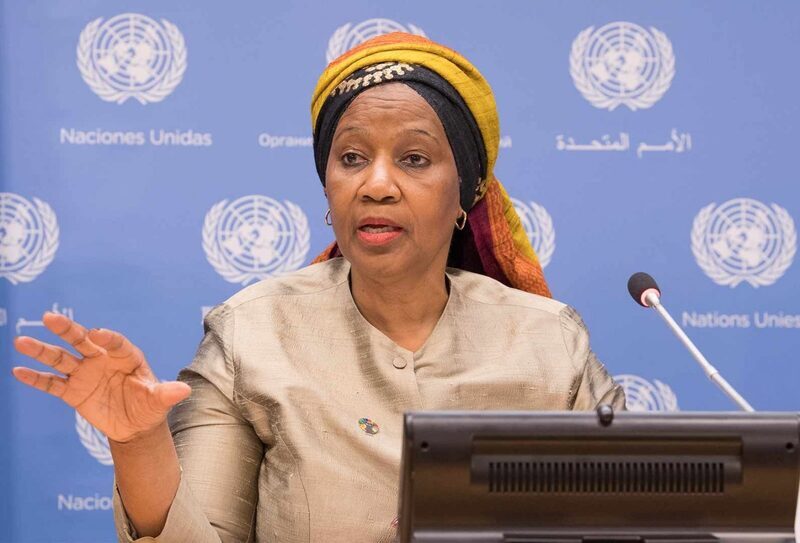
World can avoid economic damages of 11% to 27% of cumulative GDP by limiting global warming below 2°C
* Climate mitigation investments could return 5 to 14 times of original investment * Report urges ...

What’s a family? Classically, we think of a mother, a father and the children. The father goes out to work, the mother takes care of the children, maybe she works part time, at home or close to home so she can be there when the children get back from school. It’s a common formula in advertising, movies and the media. It’s the pattern of romance plots, the story of song lyrics, the image for illustrations in schoolbooks. It’s comforting, stable, predictable. And it’s wrong, for the majority of families in the world.
Progress of the World’s Women 2019-2020, Families in a Changing World, UN Women’s flagship report, launched on 25 June, explodes the myth of the ‘nuclear’ family once and for all. Globally, a couple with children makes up only about one third of households worldwide. The other two thirds of the families of the world don’t fit the stereotype. Families remain the central unit of our societies. However, without full clarity on how they are composed, the policies that determine their support are aimed at a minority, in many instances missing the most needy.
We need a reality check. This report provides one.
What is missing from the picture? The vast scale of single mothers bringing up society’s future generations is one aspect: there are more than 100 million lone mothers in the world today. They are 84 per cent of all single parents. As populations age, there are increasing number of older people living alone. In Europe and North America, more than one quarter of households are single-person, often elderly people, living on their own. At the other end of the scale, extended families that have drawn in other relatives who need care or support have become almost as common as couples with children, especially in sub-Saharan Africa and Southern Asia, making up another one third of the families in the world.
All governments recognize the importance of families, and their role as the building blocks of societies and economies. But these findings pose a burning question for policymakers: do their policies sufficiently respond to the realities of how families live today? The answer in many cases must be ‘no’. That matters deeply, because it means that families are not receiving the support they need, and within those families, it is women and girls that are most disadvantaged by this failure.
Let’s take one example: the chronic policy neglect of childcare services for women who go out to work. One of the big shifts of the past half century has been the entry of women from all walks of life into the labour force. It has changed our workplaces and economies beyond recognition, yet the male breadwinner model dominates policy design—despite the reality that most families need two earners. This matters for all families, but it has particularly harsh financial outcomes for lone mother families who have to do the earning and the caring on their own. Data from 40 countries tells us that lone mothers are twice as likely to live in poverty as ‘couple’ families.
The other reality check for policymakers in considering how to view the family, is the evidence that home is where women and girls often meet lethal violence and their first experience of discrimination that normalizes it for a lifetime. Although globally, rates are declining, some 12 million girls are married in childhood every year. In 2017, every single day, 137 women were killed by a family member. Around one third of married women in developing countries report having little or no say over their own healthcare. Families can be places of love, caring and sharing, but they can also fail girls and women. While cherishing families, we must also see them clearly for what they are.
We now know the family to be richly diverse in composition across the world. Yet that variety is not accommodated in family laws and policies, which urgently need reform. This means amendments to ensure that women can make choices about marriage and motherhood. It means laws that prohibit harmful practices like child marriage and other forms of violence, including marital rape, as well as services to enable women to leave violent relationships if they need to. And it means a package of social policies, including not only care services, but also family benefits, delivered directly into women’s pockets.
With this report, UN Women is calling on governments, civil society and the private sector to recognize the important diversity of families. We must implement the policies needed to make households a home for equality and justice for women, and for all.
اترك تعليقا